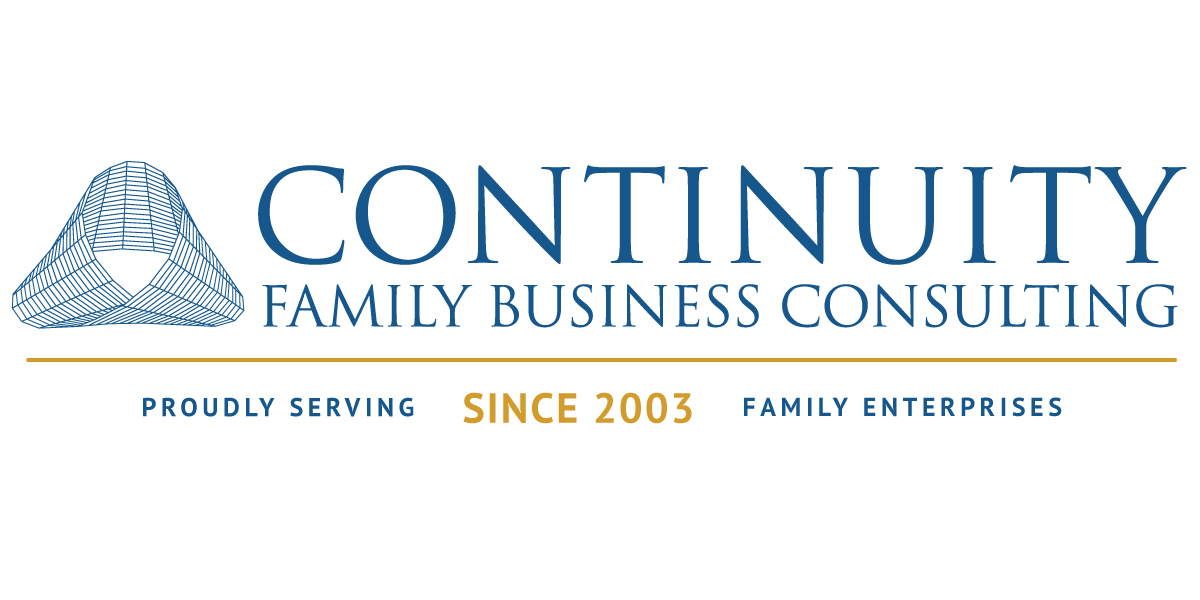Casting Your Vote: 8 Decision-Making Techniques to Minimize Conflict
Practical approaches to help family stakeholders avoid hard feelings and get things done
Byline: Doug Baumoel
Estimated read time:~4-5 minutes
Disagreements over important issues in family businesses can lead to conflict and resentment if not handled well. Reaching consensus is challenging because fairness means different things depending on the stakeholder’s role. For example:
- Owners may interpret fairness as proportional treatment
- Employees might see fairness as merit- or rank-based
- Family members often view fairness as need-based
Because fairness can’t always be objectively defined, families often focus on achieving an outcome through a fair decision-making process.
When stakeholders perceive that a fair process was followed, they are more likely to accept the outcome—even if it’s not what they originally wanted. One common approach is calling a vote.
Voting, however, doesn’t always appear like a fair approach to all. There’s always a winner and a loser unless the vote is unanimous. Families can minimize potential conflicts by choosing the right voting technique for each situation. Below are several methods that promote thoughtful decision-making, build trust, and improve acceptance of outcomes. These techniques can be used independently or combined based on the needs of your family or business.
Breaking a Deadlock
These techniques can also be helpful when breaking a deadlock. For example, a board of directors can open a tie-breaking vote to a larger group or decide to time-bound the decision. Use of these eight voting approaches allow the group to move forward while keeping all stakeholders engaged.
Time and Place Matter
The timing and environment of a vote can affect its outcome. Avoid holding votes during times of heightened tension. Using neutral locations or electronic voting methods can also create a safer environment for decision-making and compromise.
Conclusion
While voting can create divisions, it’s sometimes necessary. Choosing the right voting technique helps ensure that all stakeholders feel fairly treated and willing to accept the outcome. Thoughtful processes build trust, reduce conflict, and pave the way for better decision-making.
We hope this overview provides useful insights into effective voting techniques. If you need further guidance, Continuity experts are ready to help your family improve decision-making and move forward with confidence.
About Us
Continuity Family Business Consulting is a leading advisory firm for enterprising families. Using a full suite of service capabilities, we help families prevent and manage the single greatest threat to family and business continuity: conflict. It is through this lens that we advise our clients and build customized strategies for succession planning, corporate governance, family governance, and more. We help families improve decision making, maximize potential and achieve continuity. To inquire, visit https://continuityfbc.com/contact-us or call (617) 500-3110.

